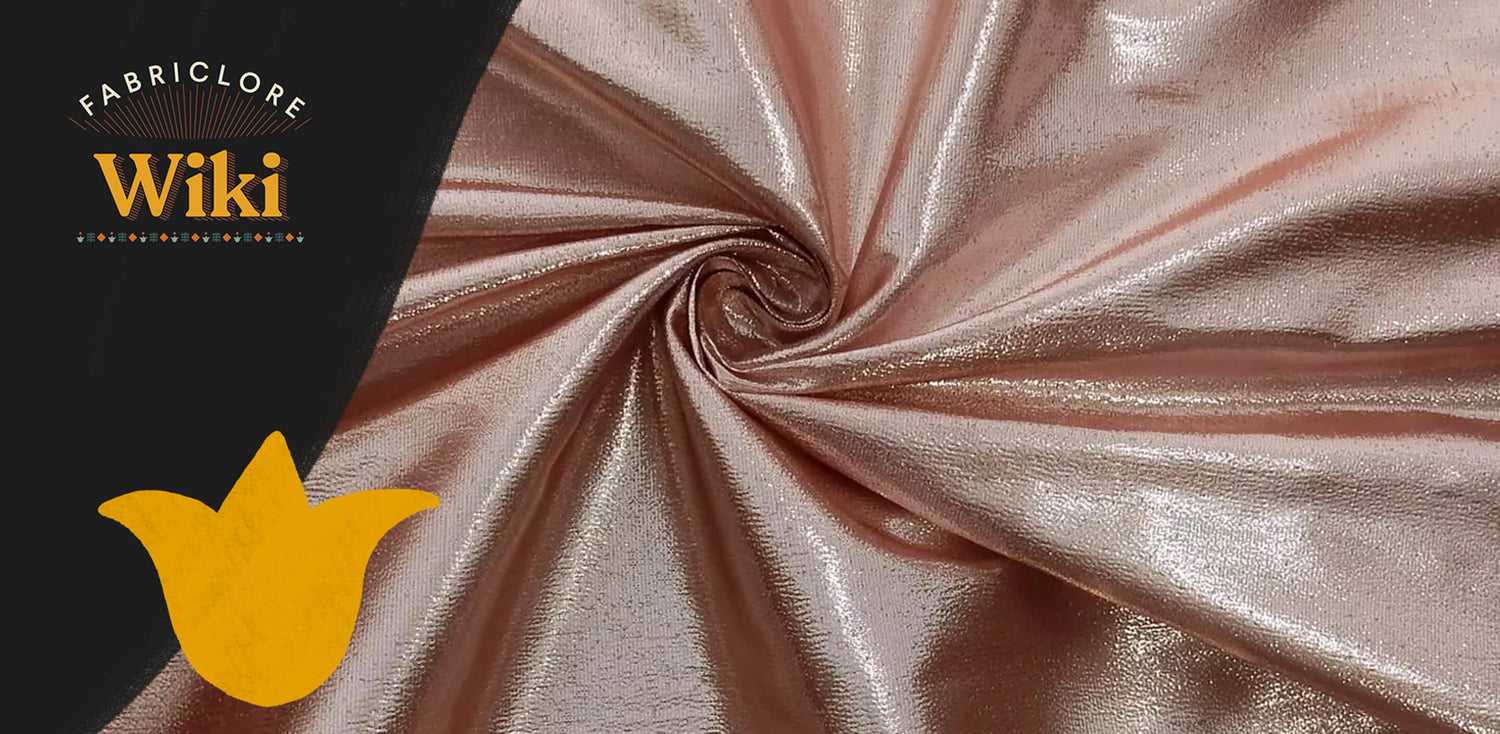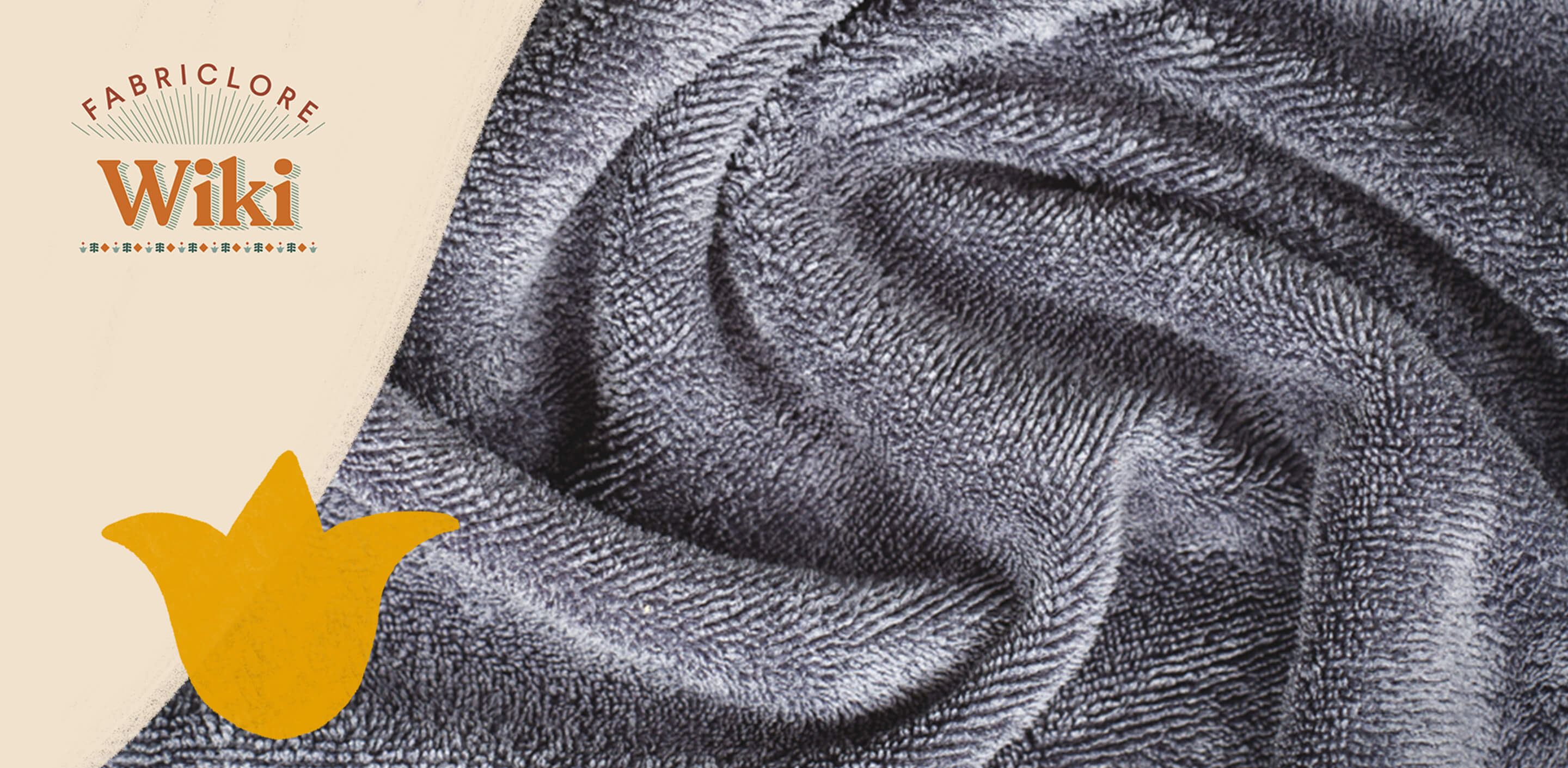What is Lame Fabric?
- Fabric with metallic threads is known as lamé.
- Usually, it is made from silk, viscose, cotton, and wool, and synthetic fibers like polyester, polyamide, and nylon.
- Over many years, people who make fabrics have used many different methods to make a huge variety of lamé fabrics.
- Even while lamé fabric is more generally accessible these days, the precious metal lamés that were formerly only available to the wealthy have remained incredibly overpriced.
- Lamé, both real and fake, is often utilized in high-end fashion and costume design.

History
- "Lame" means "metal plate" in the French version of the word. In ancient Assyrian cuneiform inscriptions, between 2500 and 600 AD, this cloth is referenced.
- This gold-or silver-plated silk was worn only by royalty, according to some of the earliest Assyrian cuneiform documents.
- Lamé fabrics were still only available to wealthy people because precious metals were too expensive for most people to afford.
- In Europe, this fabric was known as the "cloth of gold" because of its inclusion of gold fibers and its similarity to gold coins or jewelry. The Lamé became very popular among the elite of nearly every major civilization to arise on the Eurasian continent throughout the ages.
- According to some researchers, lamé is a type of gold cloth mentioned in Roman headstones and in the Bible. Lame may have been used to make the "Golden Fleece" in Greek mythology.
- Gold thread was often used in the making of religious clothing throughout Europe.
- Lamé became popular again for a short time in the 1920s, when the flapper movement brought back interest in loud or expensive materials.
- The Lamé was resurrected in the 1960s when Marilyn Monroe and Elvis Presley used it regularly in movies and music videos.
- Fabrics that looked like gold or silver lamé could now be made using synthetic materials and aluminum, reducing the rarity of this cloth dramatically.

What Makes it Stand Out
|
Texture |
Silky and slippery |
|
Fall |
Excellent drape and fall |
|
Shine |
High luster |
|
Sheer |
Opaque |
Applications & Usage
|
Clothing |
|
|
Home Furnishing |
Curtains, drapes, bed sheets, etc. |
New Age Innovations
- Fashion designers can't seem to stay away from real lamé, and fake lamé has become a popular material for cosplay (costume-play) costumes, especially in the worldwide cosplay community.
- Long strands of gold were hammered into long, thin strips and wrapped around a silk core in the traditional method of making lamé. The gold used in lamé manufacture was often alloyed with silver to increase the metal's tensile strength and durability. A silver-to-gold alloy will eventually lose its shine, diminishing the appeal of true gold lamé clothes over time.
- Gold lamé thread used in modern fabrics is coated with clear plastic to make it stronger and keep it from tarnishing.
- Still, it is common to use a gold-and-silver alloy to make the lamé thread last longer.
- Gold lamé materials were susceptible to tarnishing until the mid-20th century, although this is no longer a problem. Similarly, silver or platinum lamé is coated with the same kind of finish.
Care Instructions
- The fabric is not washable by hand or machine; it should only be cleaned by a dry cleaner.
- Because the heat might cause the metallic strands in lame cloth to melt, ironing the fabric is not suggested.
- A clothes dryer is essentially the same thing. Be sure to keep your lame clothing away from sources of direct heat or sunshine.
- If you need to get rid of creases, put your iron on the lowest setting and press the clothing while it is facing the opposite way around. When ironing fabric, use a pressing cloth in between the iron and the fabric.
- Lame is prone to snagging and fraying because of its loose weave. When you wear a lame material, you need to be very cautious since even a little snag might ruin your lovely lame clothing.
- When it comes to footwear and purses, it is recommended that they be cleaned with a gentle cloth after each use.

We also happen to be a magnet for suggestions, and would love to catch yours….throw us yours on hello@fabriclore.com




